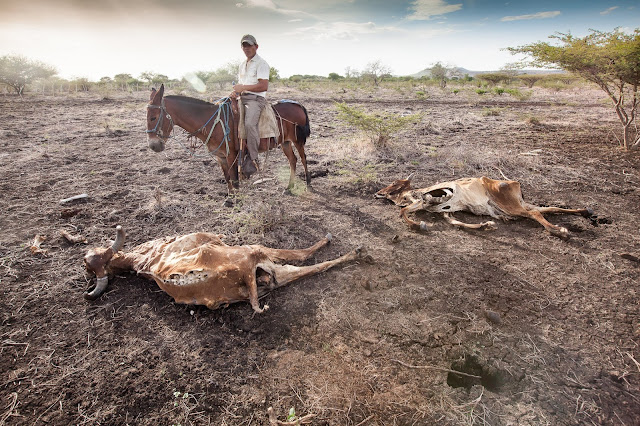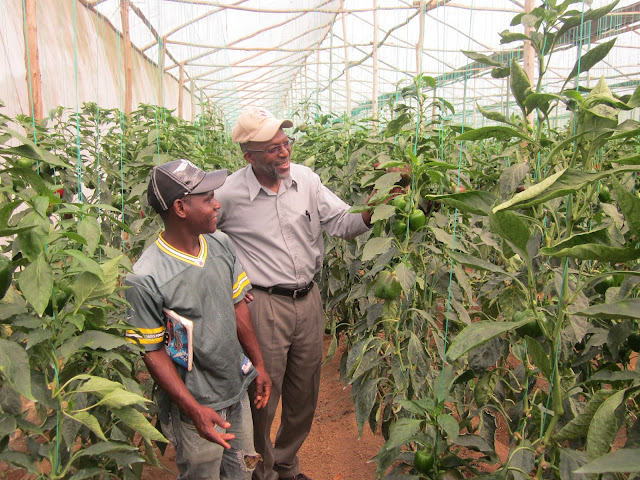Drones & Agricultura del Futuro

¿Cuál será el impacto de los drones y la agricultura de precisión para los productores de América Latina? Un equipo de ingenieros de Honduras quizás tenga la respuesta a esta pregunta. Escrito por Mitchell Opatowsky Como parte de nuestra serie de entrevistas con líderes innovadores en el sector agropecuario, esta semana, Mitchell tuvo la oportunidad de conversar con representantes de la firma hondureña Green Technology. Esta empresa trabaja en la intersección de la agricultura con la tecnología de información y comunicación. La compañía está compuesta por un diverso grupo de ingenieros de informática y agrónomos. Gracias a su diverso capital humano, la empresa se ha fortalecido de una amplia gama de conocimiento sobre las deficiencias en las cadenas de valor agrícola y como, en particular, los drones y otras tecnologías pueden abordar esos desafíos. Por medio de drones con cámaras, el equipo de Green Technology identifica pro





